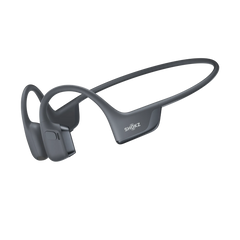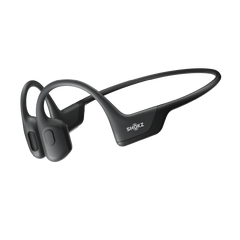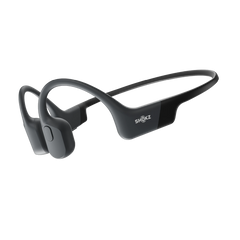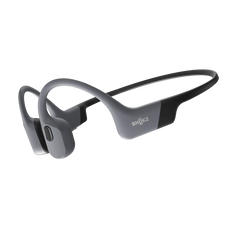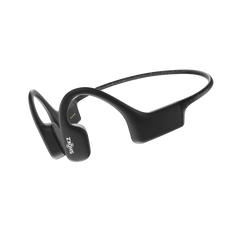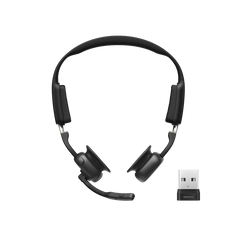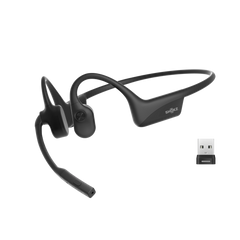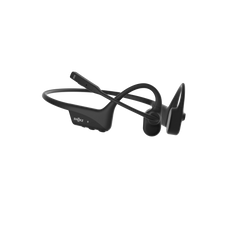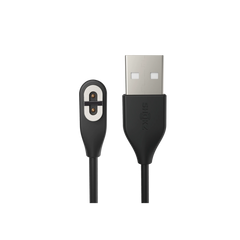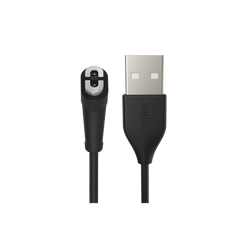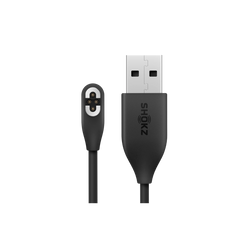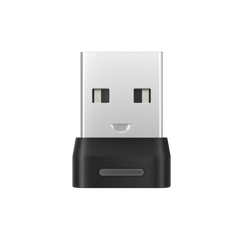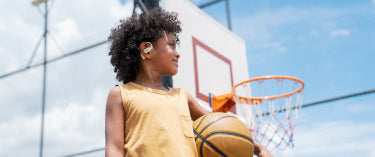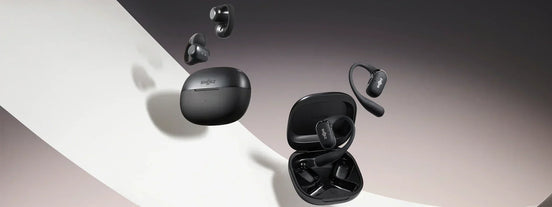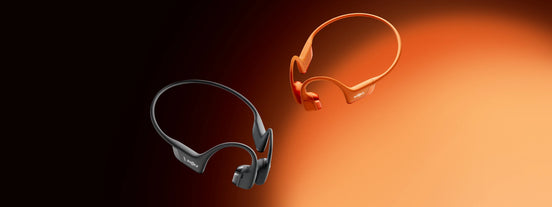Bluetooth works through radiation, but can it cause cancer? In that case, one starts to wonder are bluetooth headphones safe for kids?"
Children are sensitive to radiation, and it can become a life-threatening ordeal for them if it starts to affect a developing brain.
This blog will take a look at how dangerous bluetooth headphones can be for a child. We will also discuss how they can protect themselves from hearing impairment and alternative models for kids.
Using this information, you can keep your children safe from hearing loss while keeping them entertained.
Understanding Bluetooth Headphones and Their Use for Kids
To know whether headsets with Bluetooth technology are safe for a child, the parent must understand exactly how these gadgets work.
Bluetooth headsets use radiation to transmit sound, but it's different from an X-ray and even the rays that are transmitted from the sun.
What Are Bluetooth Headphones?
Bluetooth headphones are most often wireless. Contrary to using a cable, they use waves radiated by a device in order to transmit sound.
Without cords to fuss over, they're easier to access. Children can move about without having to deal with cords that can make them fall over.
They're perfect for gaming as they provide an immersive environment for one to immerse themselves in the gameplay. These headsets can be used for listening to music and watching movies.
In classrooms, they are provided to children for watching educational programs and documentaries.
Common Safety Concerns About Bluetooth Headphones
The question of whether bluetooth headphones are safe for children is not easy to answer. On one hand, they're convenient, but they have potential health risks. Some of the most prevalent concerns regarding the headsets:
-
Radiation Exposure: A primary issue is the radiation produced through Bluetooth headsets. Children have thinner skulls than adults, and for that reason, many believe radiation can pass through them easily and lead to cancer. There is no scientific evidence to prove this claim. What these gadgets do generate is non-ion radiation at incredibly low intensities.
-
Hearing Damage: The most significant risk is hearing loss. Listening to audio at loud volumes can cause permanent loss of hearing. A study showed that 12.5% of children have suffer from hearing loss caused by loud noises.
-
Bacteria Build-Up: Another concern is infection potential. Earphones inserted in the ear in the ear can trap moisture and restrict airflow. This creates a warm environment that is conducive to bacterial growth, causing wax build-up and ear infections.
The Importance of Choosing the Right Headphones for Kids
Comfort and security have to be taken into consideration when selecting a kids' headset.
Heavy headphones can become uncomfortable, therefore, it's better to choose a headset that is a lightweight model with an ergonomic shape.
You should also consider sound-related factors, such as whether earphones fit in your ear and whether its sound level restrictors can protect your kids' ears.
Keeping these things in mind not only makes the listening experience enjoyable but a safe one.
How Open Ear Headphones Address Safety Concerns
Now that we have addressed the safety of bluetooth headphones for kids, so can we assume that its a better alternative? Absolutely! open-ear headphones are a compelling solution.
To understand why an open-ear model stands out, let’s discuss its capabilities through Shokz OpenFit model, which is the best sellings open-ear headsets.
The Open-Design Advantage
Its ear-open design neither covers nor enters the ear but transmits sound through bone conduction technology. It promotes free airflow, preventing moisture and heat from building up in the ear.
And since they are not inserted into the ear, they don’t push ear wax deeper. They're safer and more comfortable than other bluetooth headsets.
Preventing Hearing Damage
This design takes care of the key issue problem with headsets: loud volume. The open-ear model allows for the sound to travel through the head at a natural level without affecting the hearing.
Reduced Pressure and Comfort for Long-Term Use
Finally, the open-ear shape of OpenFit model provides sheer comfort for kids. Its thin shape and low weight of 8.3 grams do not put a strain on the head and ears.
Crafted from soft silicone, they're gentle to the skin and can be worn comfortably for extended periods.
Tips for Safely Using Open Ear Headphones
While open-ear headphones are safer for children's use, they must be properly used to protect their hearing.
Here are a few tips for keeping your kids' ears healthy :
Promote Healthy Listening Habits
Start by monitoring sound volumes and have them take a break at routine intervals. Brief stops prevent overuse, minimize strai,n and prevent hearing loss or ear infections.
Encourage Hygiene with Headphones
Instill the practice of cleaning the headsets three days at a time. Remove any grime and bacteria with a soft, dry, or wet cloth. Wipe them before drying the headphones with a cloth afterward. Don't forget to remind your children and friends to clean the headphones when handing them out.
Educate Kids on Safe Usage
Lastly, teaching responsible use of headphones to your kids is a must. Explain the dangers of overuse and high volumes to their hearing and overall health.
Additionally, instilling a routine of having them cleaned regularly can prevent ear infections and maintain long-term hygiene.

Final Thoughts
Here's everything you need to know about "are bluetooth headphones safe for kids?" We would wind up this discussion by saying that radiation risk is minimal, but the real danger lies in being exposed to loud volumes and bacterial proliferation.
To safeguard your children, use open-ear headphones with trustful brands like Shokz. Our open ear headphones reduce infection risks, provide comfort, and sit outside the ear canal.
Try the OpenFit 2 +. It is an ultra-lightweight option that is ideal for kids, whether they're learning, listening to music, or having fun while gaming!
